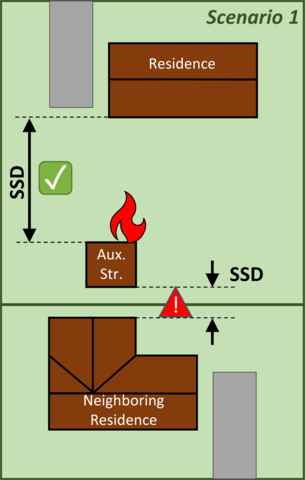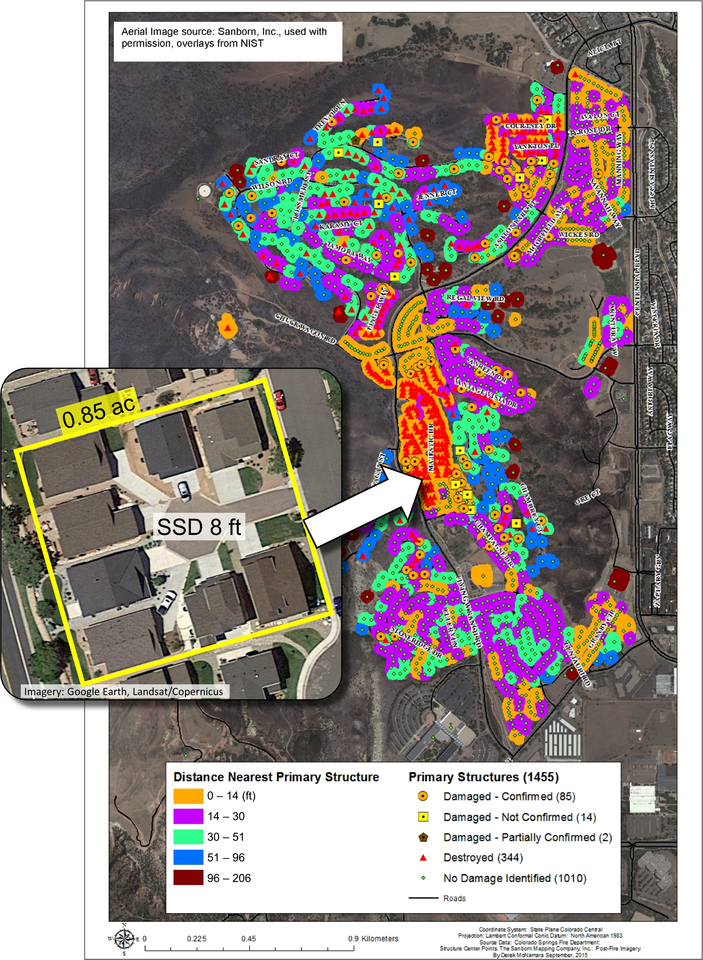HMM vs Traditional Hazard Mitigation
HMM GOES BEYOND THE TRADITIONAL APPROACH OF PROTECTING INDIVIDUAL HOMES.
IT ADDRESSES THE UNIFIED PROBLEM OF PROTECTING ENTIRE WUI COMMUNITIES.
Other approaches to WUI fire parcel hazard mitigation may have different goals compared to the HMM. Some traditional approaches emphasize defensible space focused on individual homes and rely on first responder actions to save homes. Others focus on engaging residents and providing education for voluntary community participation.
The HMM provides preventive guidance for home and property protection with the goal that homes stand alone without relying on first responders. This science-based methodology uses the knowledge collected from post-fire field observations and analysis of field data. Additionally, the HMM utilizes the latest technical knowledge gained from laboratory and large-scale experimental research in fire propagation and hazard mitigation in the WUI.
Implementation of HMM increases the likelihood of structure survival without external intervention in the form of defensive actions.



